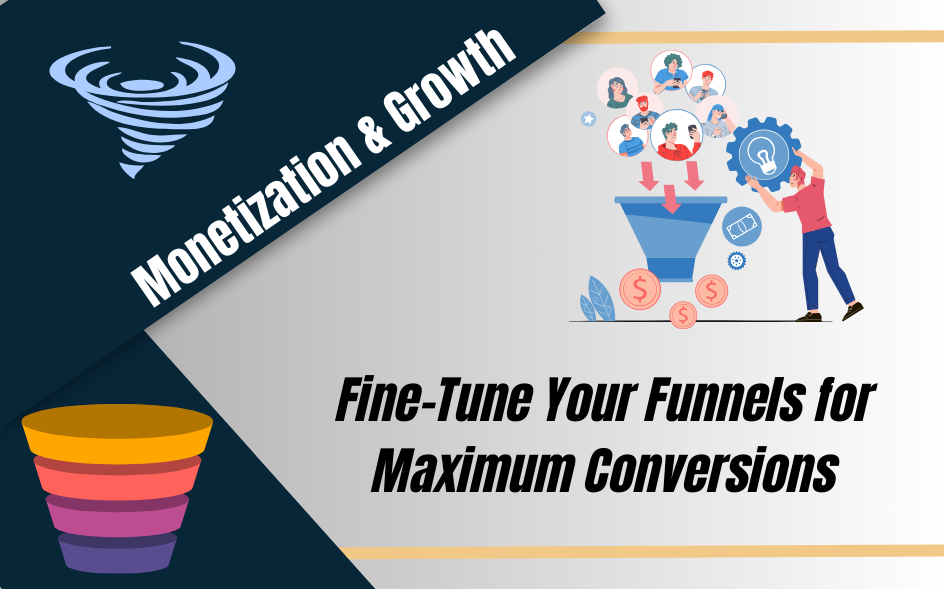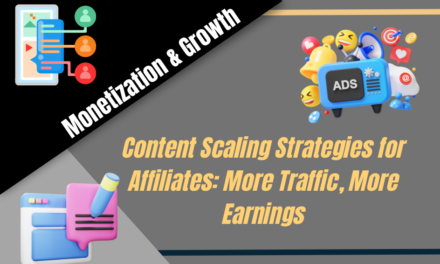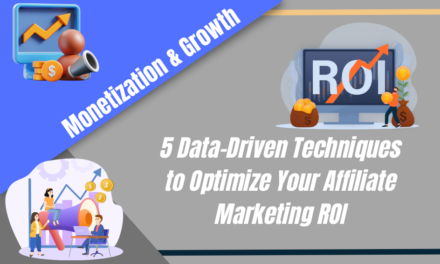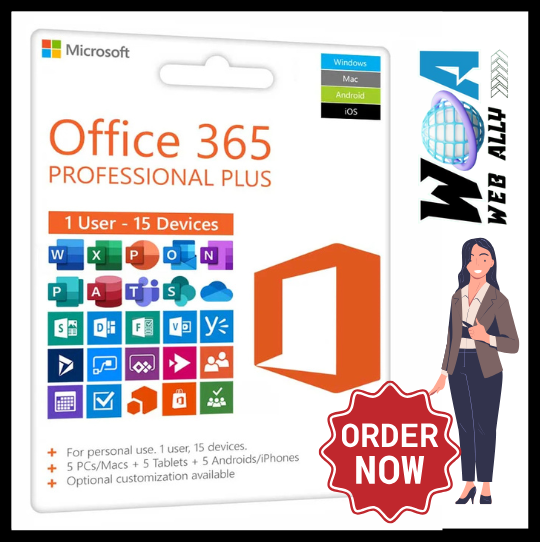In the competitive world of digital marketing, optimizing your sales funnels is essential for driving conversions and achieving your business goals. A/B testing, also known as split testing, is a powerful technique that helps you refine each element of your funnel to ensure you’re making data-driven decisions. Whether you’re a seasoned marketer or a beginner, mastering A/B testing can make a substantial difference to your success. In this article, we’ll explore what A/B testing is, why it’s important, how to run tests effectively, and some best practices to achieve maximum conversions.
What is A/B Testing?
A/B testing is a method of comparing two versions of a web page, ad, email, or any other marketing asset to determine which version performs better. Typically, the “A” version is the control (your original design), and the “B” version includes a single variation. The goal is to collect data on user behavior to see which version leads to higher conversions, such as sign-ups, sales, or other key metrics.
For example, if you’re running an online store, you might test two versions of a product page—one with a red “Buy Now” button and one with a green “Buy Now” button. After directing traffic to both versions, you’ll analyze which color leads to more purchases.
Why A/B Testing is Critical for Funnels
Sales funnels are complex, with multiple steps that can influence a customer’s journey. From the landing page to the checkout page, each element can either help or hinder the conversion process. Small changes in wording, design, or functionality can have a significant impact on whether users complete the funnel or abandon it.
By running A/B tests at each stage of your funnel, you can:
- Identify Weak Points: Discover which stages are causing drop-offs and test changes to improve them.
- Improve User Experience: Test different designs, copy, or CTAs (calls-to-action) to see what resonates with your audience.
- Increase Conversions: Optimize each stage of the funnel to guide more users toward completing their purchases or actions.
- Make Data-Driven Decisions: Base your marketing strategies on concrete data rather than guesswork.
How to Run an Effective A/B Test
1. Set Clear Goals
Before you start, define what you want to achieve. Are you aiming for more sales, sign-ups, downloads, or another metric? Having a clear goal will help you determine which elements to test and how to measure success.
2. Choose a Single Variable to Test
To ensure accurate results, test only one variable at a time. Common variables to test include:
- Headlines
- Call-to-action buttons (color, wording, placement)
- Images or videos
- Form fields
- Page layouts
Testing multiple variables simultaneously can confuse the results and make it difficult to know what caused the improvement or decline.
3. Create Two Distinct Versions
Design two versions of your asset—the control (A) and the variation (B). Make sure the difference is clear and significant enough to produce measurable results.
4. Split Your Traffic Evenly
Direct 50% of your traffic to the control version and 50% to the variation. This ensures a fair comparison and reduces the risk of bias.
5. Collect Enough Data
To draw reliable conclusions, your test needs a sufficient sample size. Tools like Google Optimize, Optimizely, and VWO can help you calculate how much traffic you need for statistically significant results.
6. Analyze the Results
Once the test runs for an adequate period, analyze the results. Look for differences in conversion rates, click-through rates, or other metrics. Determine if the variation performed better and by how much.
7. Implement the Winner
If your test reveals a clear winner, implement the changes in your funnel. If the results are inconclusive, consider running a new test with a different variable.
Best Practices for A/B Testing
To master A/B testing and fine-tune your funnels, follow these best practices:
1. Test Continuously
Optimization is an ongoing process. After implementing successful changes, continue testing other elements to refine your funnel further.
2. Use Reliable Testing Tools
Platforms like Google Optimize, HubSpot, and Unbounce make it easy to set up, run, and analyze A/B tests. These tools also offer features like audience segmentation and statistical analysis.
3. Be Patient
Don’t rush to conclusions. Let your tests run long enough to gather meaningful data, typically at least a week or two, depending on your traffic volume.
4. Understand Your Audience
Segment your audience and run tests tailored to different user groups. For example, mobile users might respond differently to changes than desktop users.
5. Document Your Tests
Keep a record of all tests, including the hypothesis, variables, results, and conclusions. This helps you learn over time and avoid repeating failed tests.
6. Focus on Big Wins
Prioritize testing elements that have the most impact on conversions. A change in your headline or CTA might yield bigger improvements than tweaking a minor design detail.
Common Mistakes to Avoid
- Testing Too Many Variables: Stick to one change at a time to avoid confusion.
- Ending Tests Too Early: Premature conclusions can lead to false positives.
- Ignoring Statistical Significance: Ensure your results are backed by sufficient data.
- Not Testing Enough: Even small tests can provide insights, so don’t hesitate to experiment.
Final Thoughts
A/B testing is a crucial skill for optimizing your sales funnels and driving maximum conversions. By taking a systematic approach, setting clear goals, and continuously testing, you can fine-tune your funnels for greater success. Remember, the more you test, the better you understand your audience, and the more effective your marketing efforts will become.
Start A/B testing today and watch your conversions soar!















